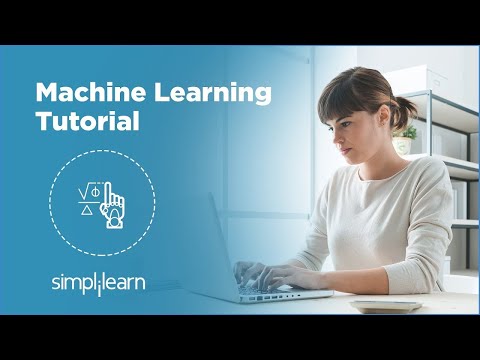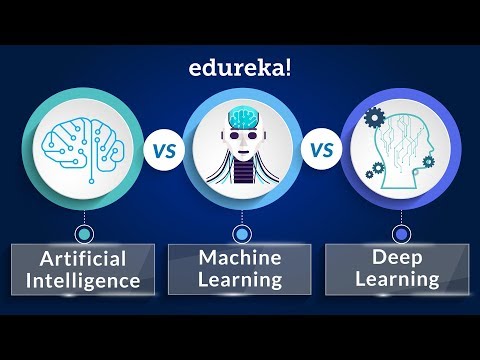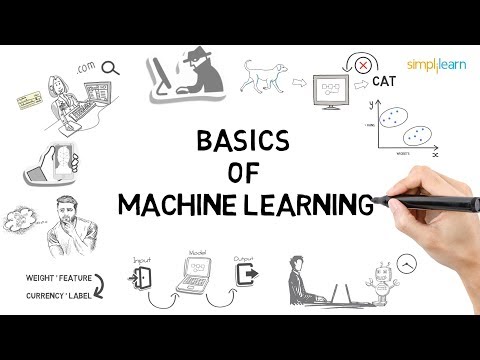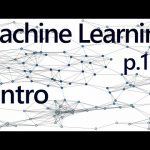The objective of this course is to give you a holistic understanding of machine learning, covering theory, application, and inner workings of supervised, unsupervised, and deep learning algorithms.
In this series, we’ll be covering linear regression, K Nearest Neighbors, Support Vector Machines (SVM), flat clustering, hierarchical clustering, and neural networks.
For each major algorithm that we cover, we will discuss the high level intuitions of the algorithms and how they are logically meant to work. Next, we’ll apply the algorithms in code using real world data sets along with a module, such as with Scikit-Learn. Finally, we’ll be diving into the inner workings of each of the algorithms by recreating them in code, from scratch, ourselves, including all of the math involved. This should give you a complete understanding of exactly how the algorithms work, how they can be tweaked, what advantages are, and what their disadvantages are.
In order to follow along with the series, I suggest you have at the very least a basic understanding of Python. If you do not, I suggest you at least follow the Python 3 Basics tutorial until the module installation with pip tutorial. If you have a basic understanding of Python, and the willingness to learn/ask questions, you will be able to follow along here with no issues. Most of the machine learning algorithms are actually quite simple, since they need to be in order to scale to large datasets. Math involved is typically linear algebra, but I will do my best to still explain all of the math. If you are confused/lost/curious about anything, ask in the comments section on YouTube, the community here, or by emailing me. You will also need Scikit-Learn and Pandas installed, along with others that we’ll grab along the way.
Machine learning was defined in 1959 by Arthur Samuel as the “field of study that gives computers the ability to learn without being explicitly programmed.” This means imbuing knowledge to machines without hard-coding it.
https://pythonprogramming.net/machine-learning-tutorial-python-introduction/
https://twitter.com/sentdex
https://www.facebook.com/pythonprogra…
https://plus.google.com/+sentdex
Similar Posts:
-

Machine Learning Tutorial | Machine Learning Basics | Machine Learning Algorithms | Simplilearn -

AI vs Machine Learning vs Deep Learning | Machine Learning Training with Python | Edureka -

Machine Learning Basics | What Is Machine Learning? | Introduction To Machine Learning | Simplilearn -

Supervised and Unsupervised Learning In Machine Learning | Machine Learning Tutorial | Simplilearn

Leave a Reply